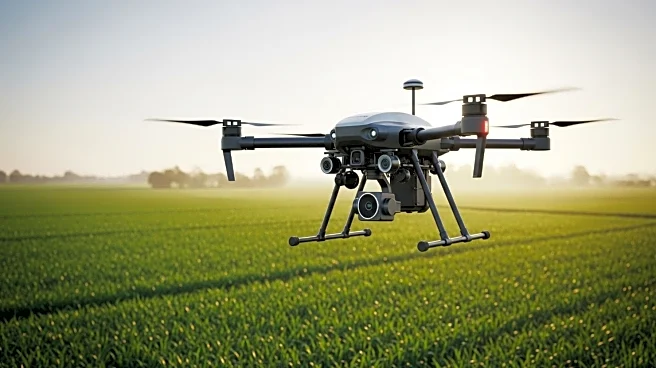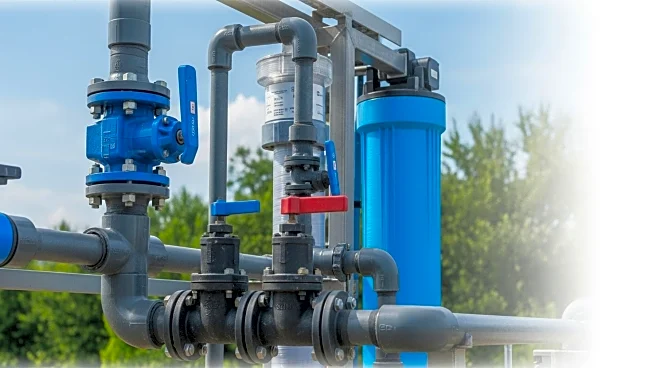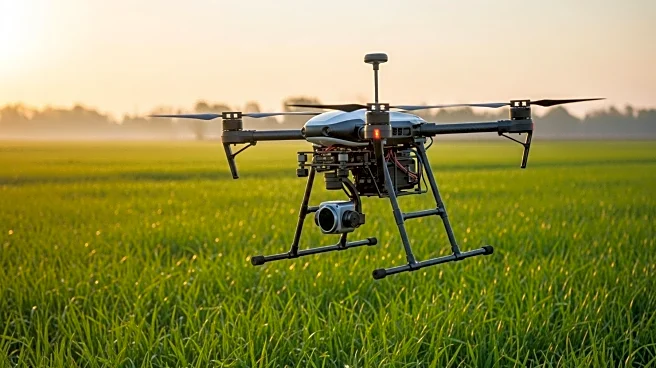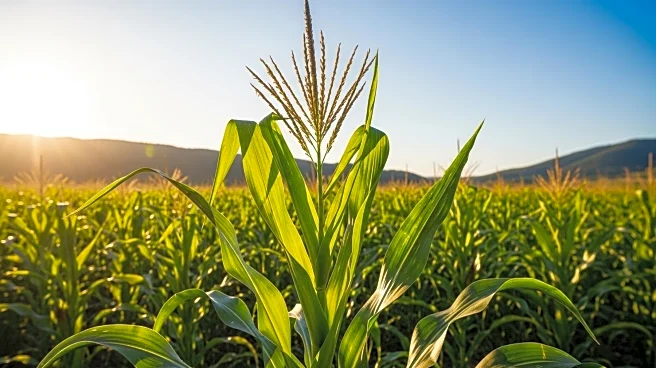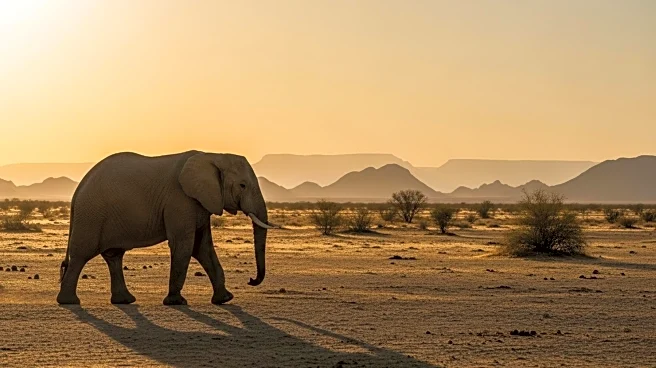What's Happening?
The National Corn Growers Association (NCGA) is collaborating with experts to create updated species maps for the Environmental Protection Agency (EPA) to refine pesticide strategies. These 'core maps' aim to accurately depict current locations of endangered species, reducing unnecessary pesticide restrictions on farmland. The initiative addresses the expansive range maps that previously led to broad limitations, impacting farm productivity. The first map focuses on the American Chaffseed, a species affecting numerous states and corn acres. Updated data has significantly reduced restricted areas, providing farmers with precise guidance for crop protection.
Why It's Important?
Accurate species mapping is crucial for balancing agricultural productivity with environmental conservation. By narrowing pesticide restrictions to areas where endangered species are truly present, farmers can optimize pesticide use while safeguarding critical habitats. This approach supports sustainable farming practices and reduces economic burdens on the agricultural sector. The initiative reflects a shift towards science-based decision-making in environmental policy, enhancing the credibility and effectiveness of pesticide regulations.
What's Next?
NCGA plans to release additional information and guidance as more core maps are completed. State corn associations are encouraged to engage with local agencies to develop state-specific maps for species affecting individual states. The collaboration between national and state-level organizations will continue to refine pesticide strategies, ensuring they are grounded in current scientific data.


